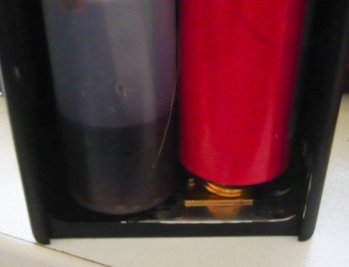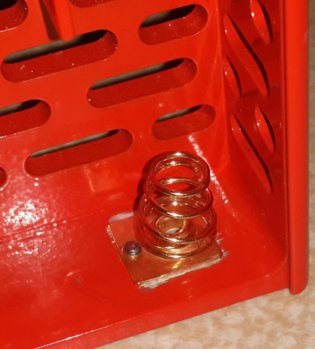For minimal voltage drop on painted or anodized Reo's (you will decrease voltage drop with minimum 2mV):
1. Remove negative spring,
2. Gently remove the paint or anodize on the square section that makes contact with the negative spring with a Dremel tool or sand paper.
3. Use a countersunk drill bit and gently remove paint or anodize in the tapered section of screw hole that secure the negative spring with Reo.
@johan i saw you post in another thread and i did see a vedio on this a wile ago, but for the life of me i cant find it,
question: If i remove the anodize do i polish the little are or do i just bare the metal?








